A Second Wave of Sea Lions
By Mike Remski, Marine Program Manager
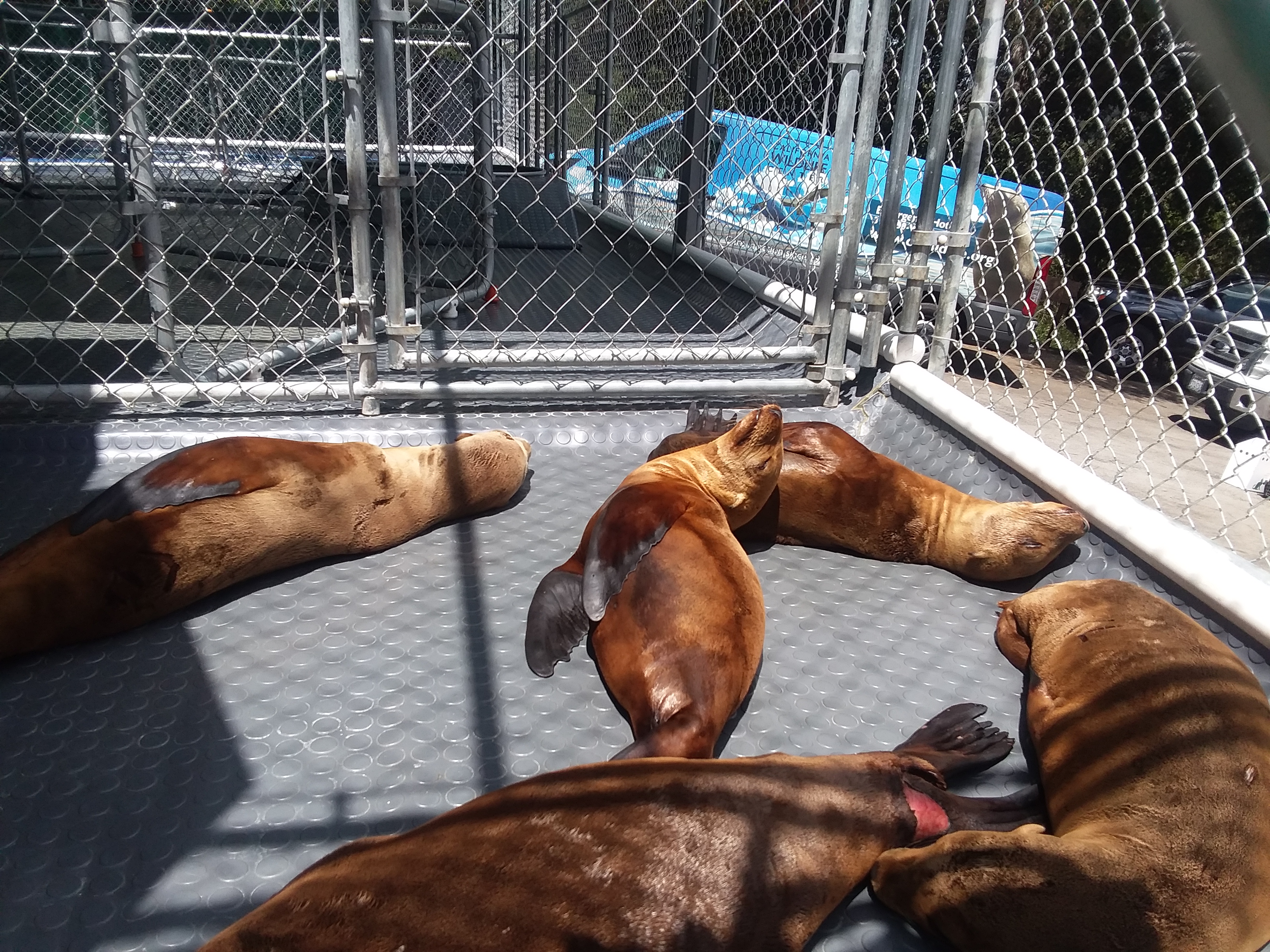
The CWC Marine Mammal Rehabilitation Facility has had an influx of Sea Lion patients over the past two weeks. This may lead some to believe that the strandings have picked up again, since we have not taken in Sea Lions for a couple months.
Actually, Sea Lion strandings are fairly consistent throughout the first half of the year. From January to June the (6-12 month-old) Sea Lions are venturing out on their own away from their mothers, and it is during this time that we see the weaker pups strand.
So why then have we not had any Sea Lions in our enclosure during March and April? Although strandings have occurred, and rescues* have taken place, CWC staff transferred the rescued pups to MMCCLA [one of our stranding network partners] during these 2 months so that CWC could focus on the Elephant Seals which strand during that time specifically. Now that we are almost done with the 2018 batch of Ellies, we were able to free up a little space to take on the stranding Sea Lions again.
*Stranding response is conducted under a Stranding Agreement between National Marine Fisheries Service and CWC issued under the authority of the Marine Mammal Protection Act. California Wildlife Center is the only organziation permitted to rescue stranded marine mammals in Malibu.

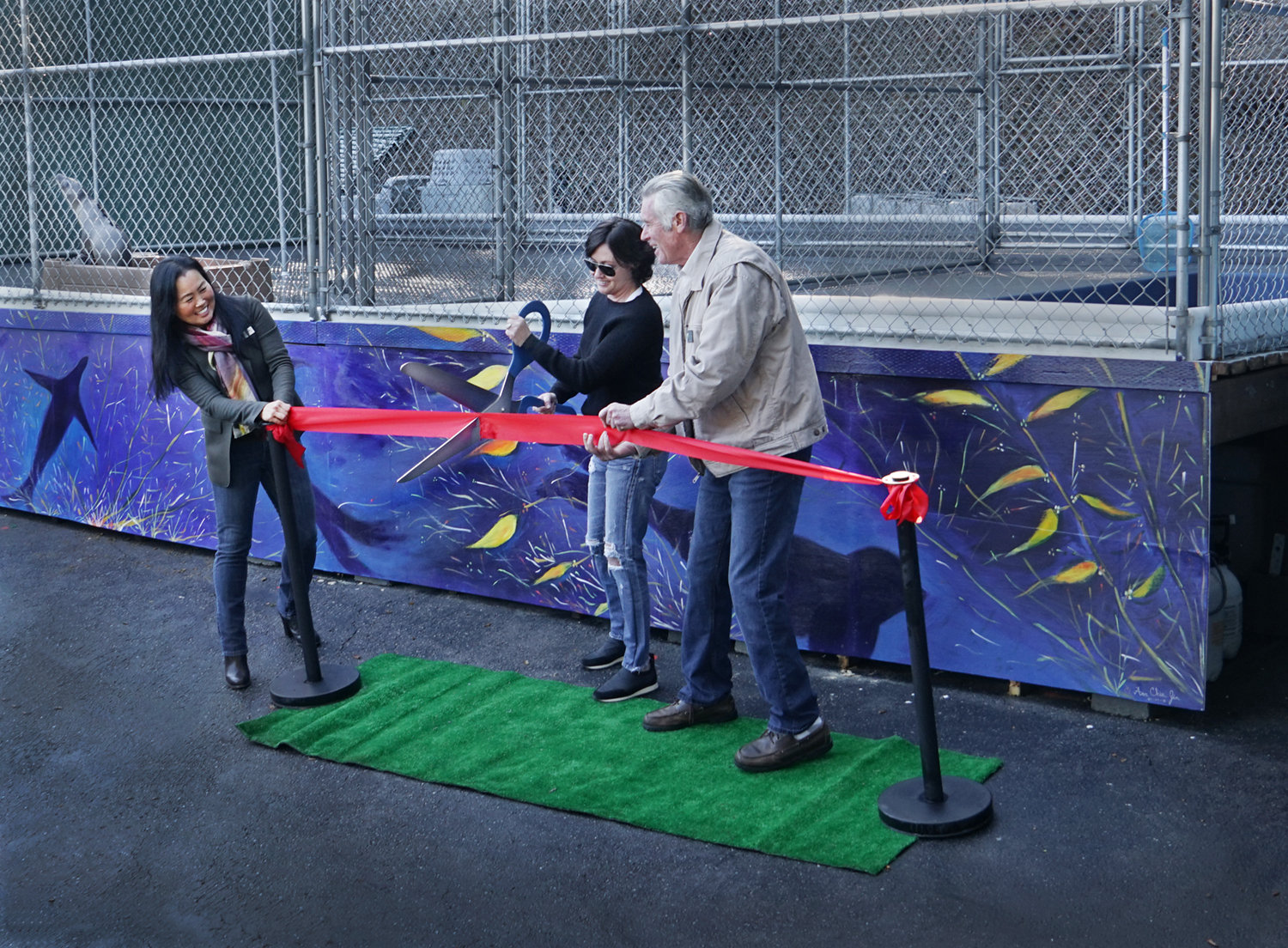
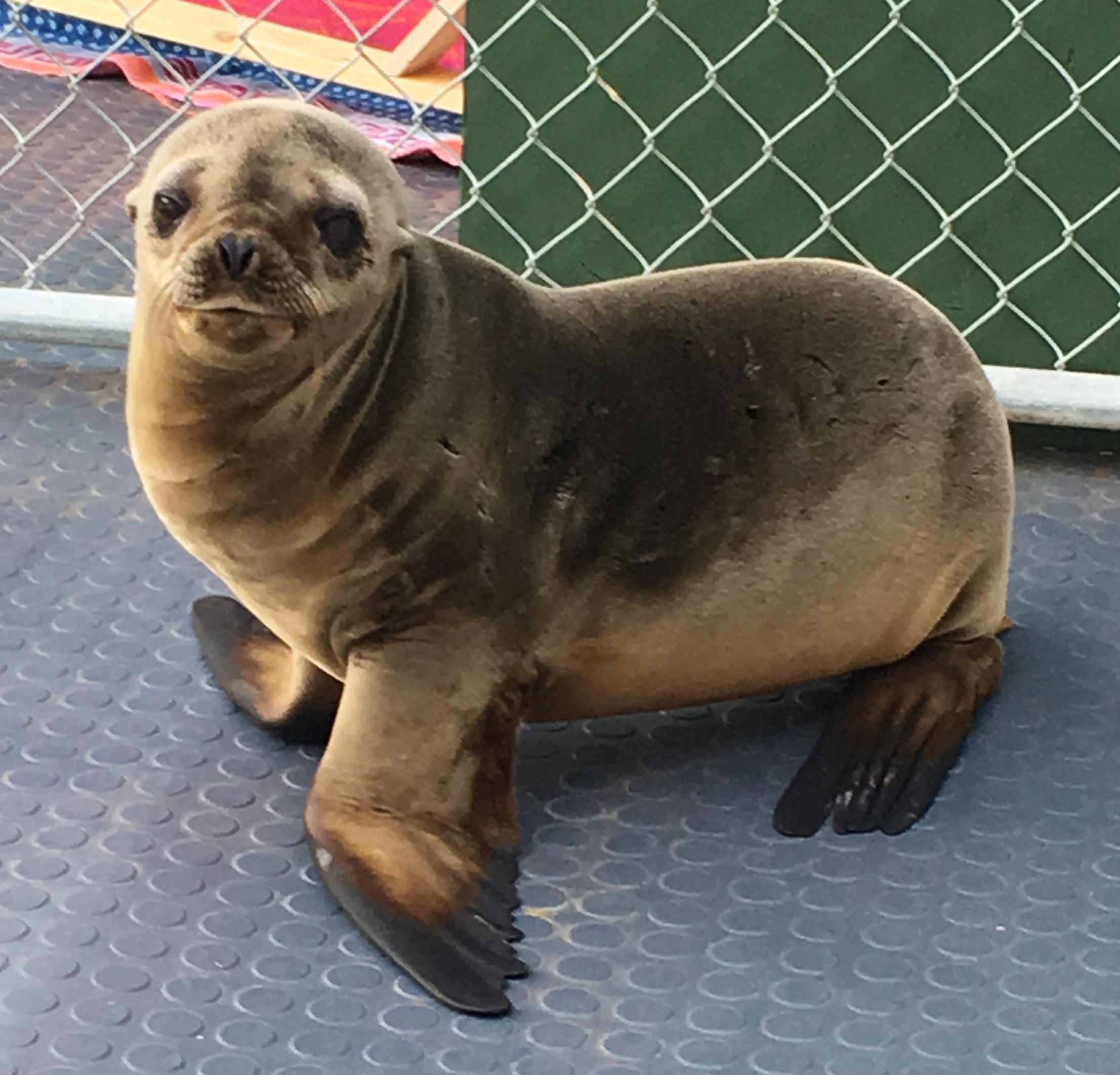
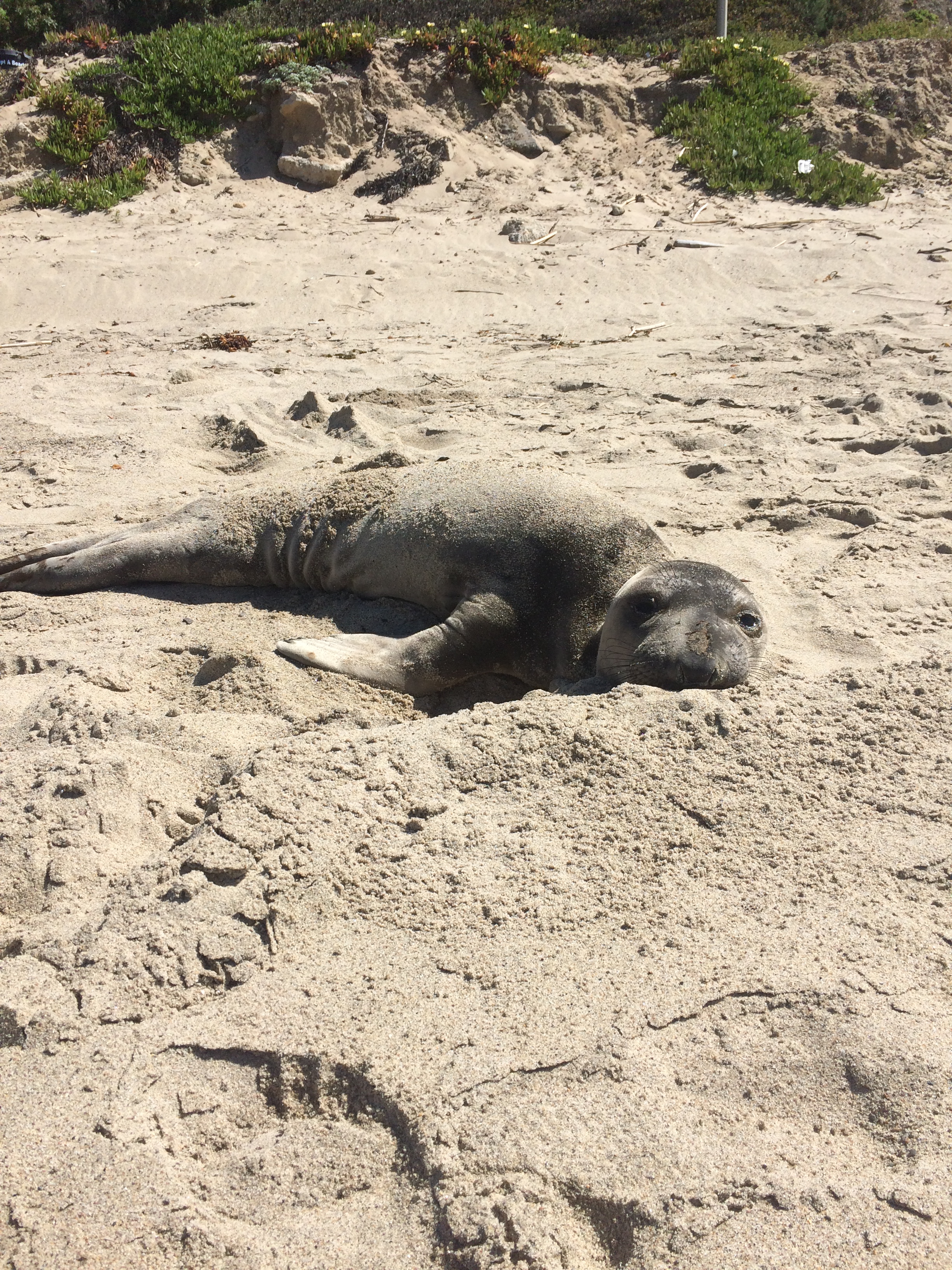
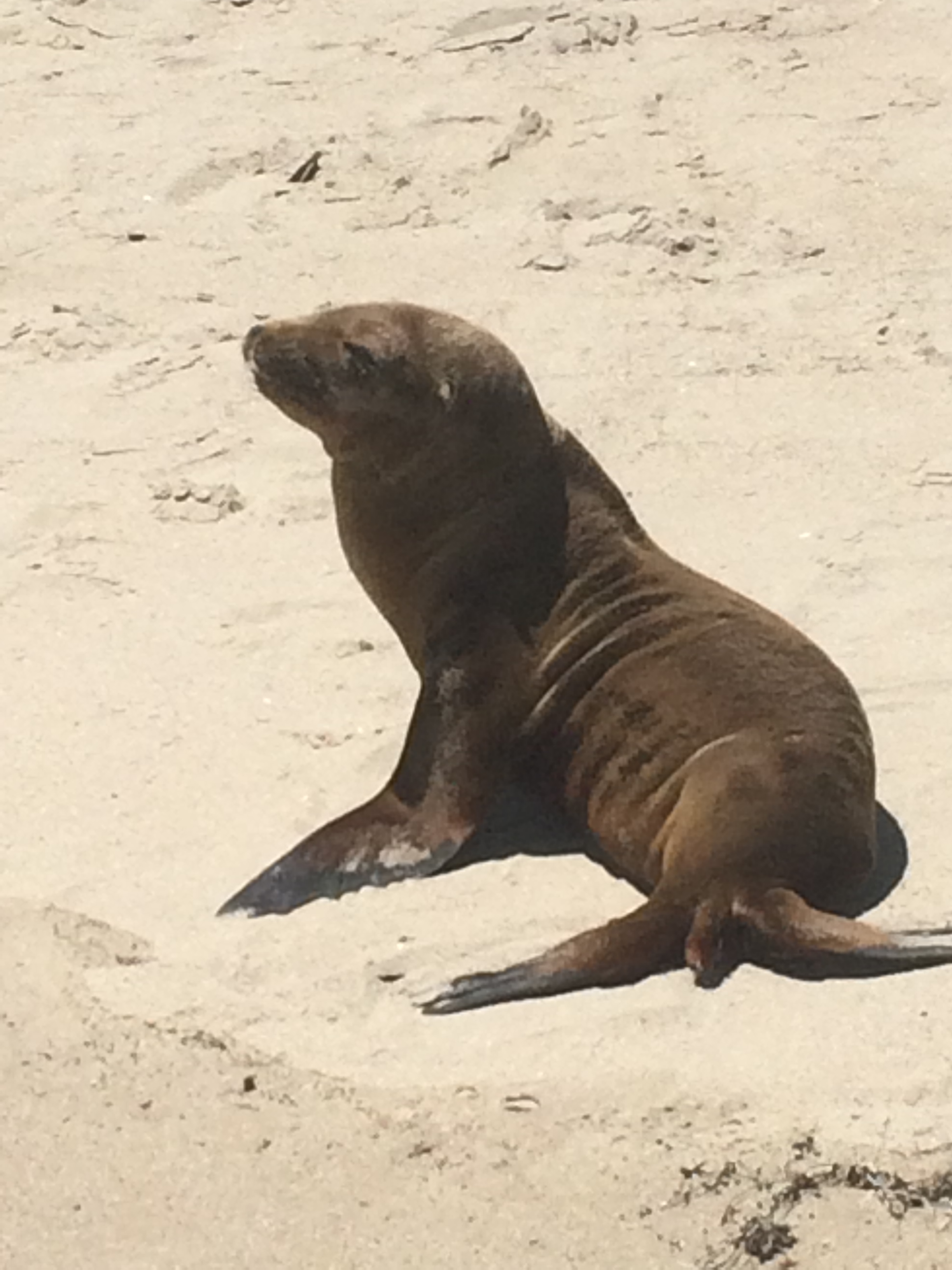
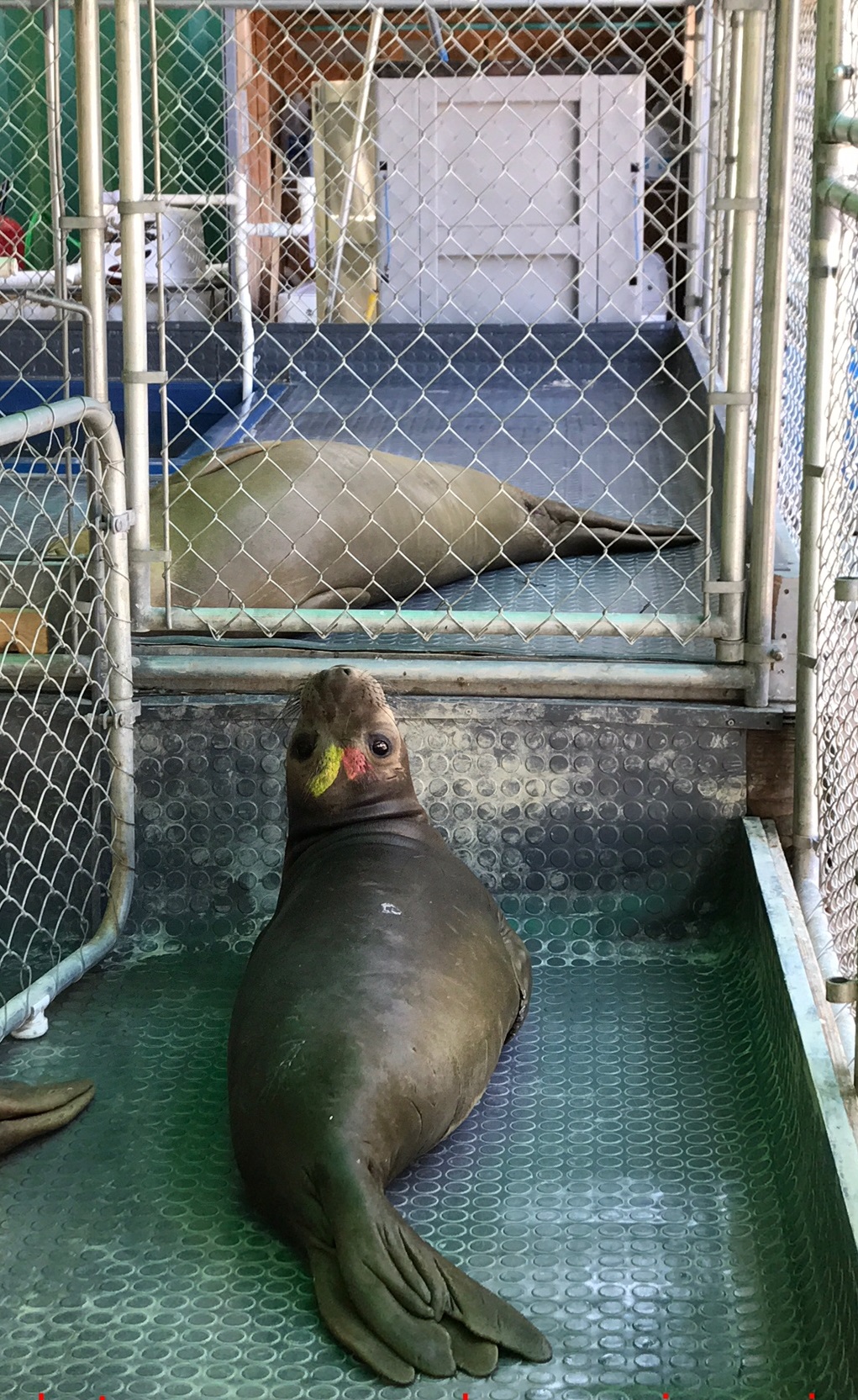
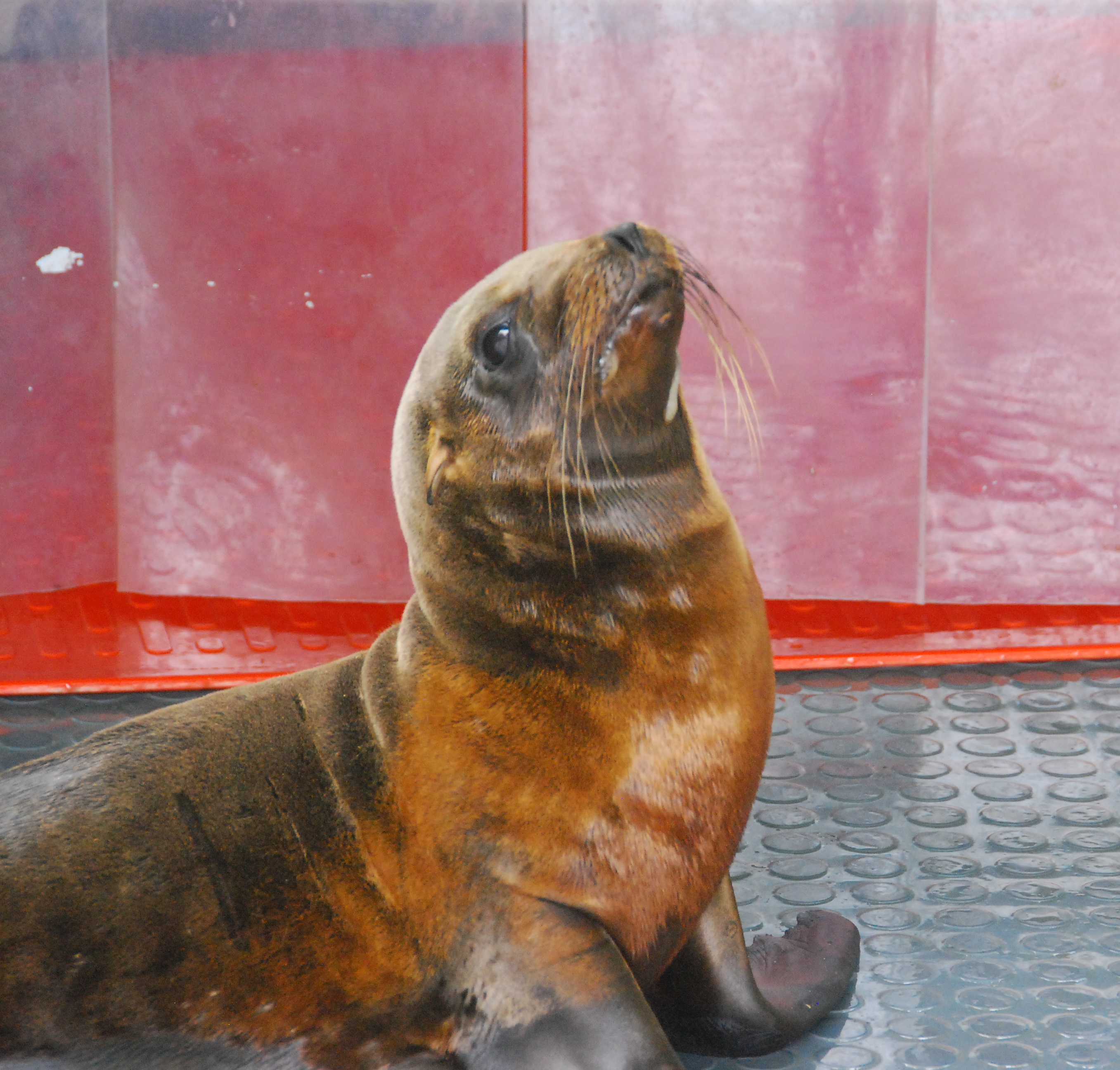
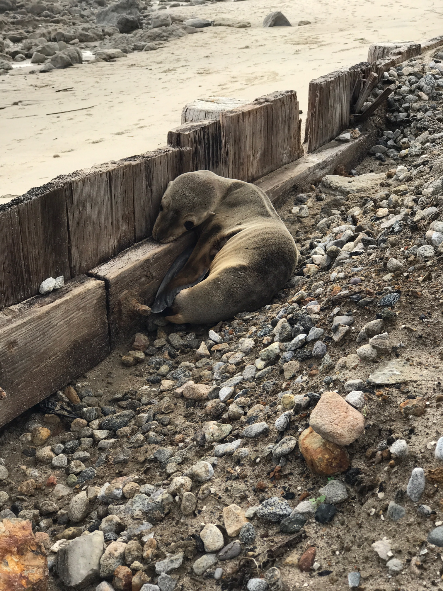
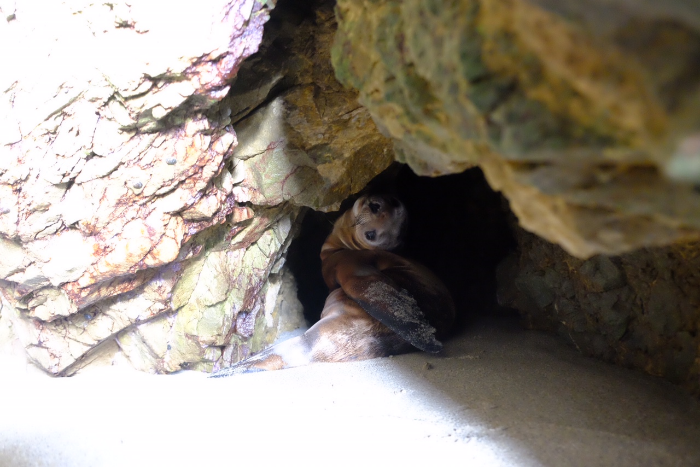
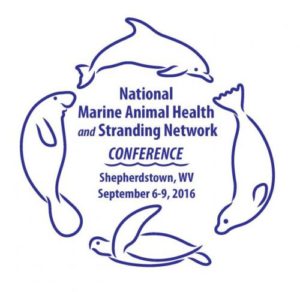
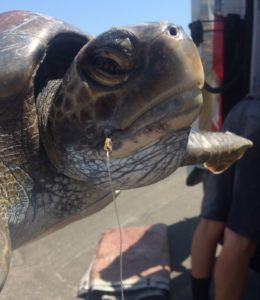
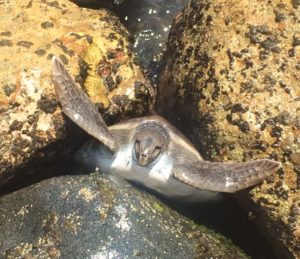
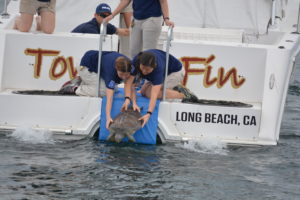
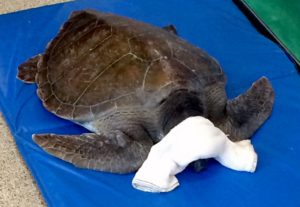
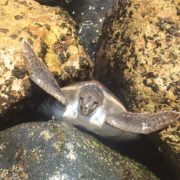
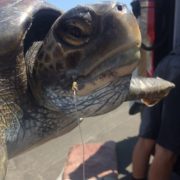 and the turtle was placed
and the turtle was placed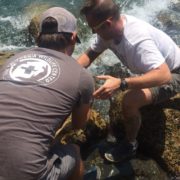 in a rehabilitation tank for recovery. It should be released within a month.
in a rehabilitation tank for recovery. It should be released within a month.